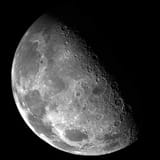An assortment of lunar papers from around the world | Moon Monday #246
Like Moon-made M&Ms. 🍬😋
A lot of interesting lunar science results have been published this year. Here’s a non-exhaustive but curated set of papers with a brief takeaway from each along with a representative graph or illustration of the discovery or finding. 🌙
- A study of lunar soil simulants on biological cells conducted by Australian researchers suggests that inadvertent inhaling of lunar dust by future astronauts during missions might be less toxic than our current relationship with air pollution in terrestrial cities. – Paper | Article
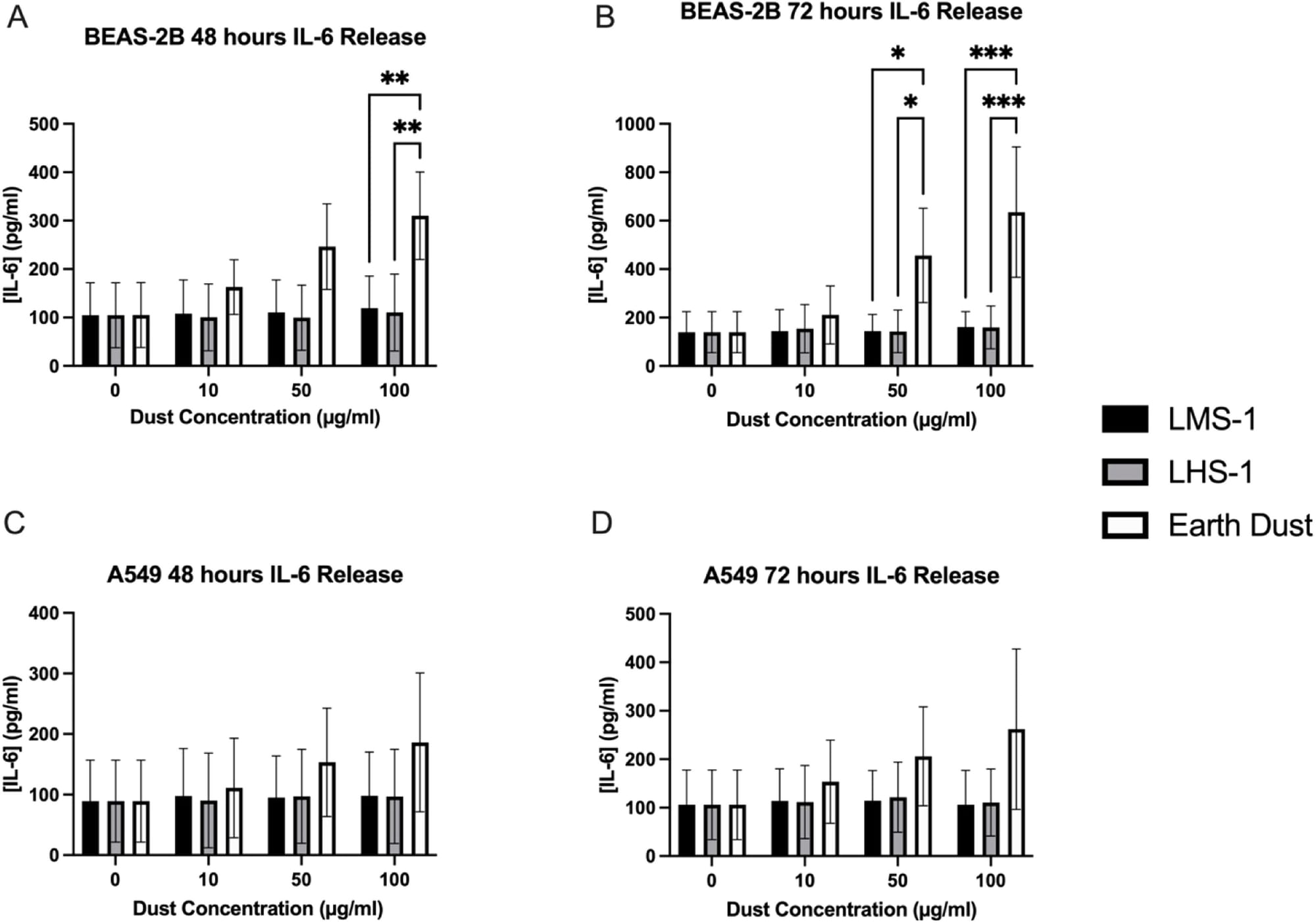
- More comprehensive impact simulations conducted by US researchers suggest that at least 22.6% of all material ejected from the Moon by crater impacts and more such mechanisms end up hitting Earth over time. – Paper | Article
The team were able to conclude that, following lunar impacts, Earth collects about 22.6% of the ejected material over 100,000 years, with half of these collisions occurring within the first 10,000 years. The collision rate follows a power-law distribution over time (a relationship where a change in one quantity results in a proportional relative change in another) independent of the initial size of those quantities. Material launched from the Moon's trailing side has the highest Earth collision probability, while the leading side produces the lowest. When hitting Earth, lunar ejecta travel at 11.0-13.1 km/s and predominantly strike near the equator (with 24% fewer impacts at the poles). These impacts are nearly symmetrically distributed between morning and evening hours, peaking around 6 AM/PM.
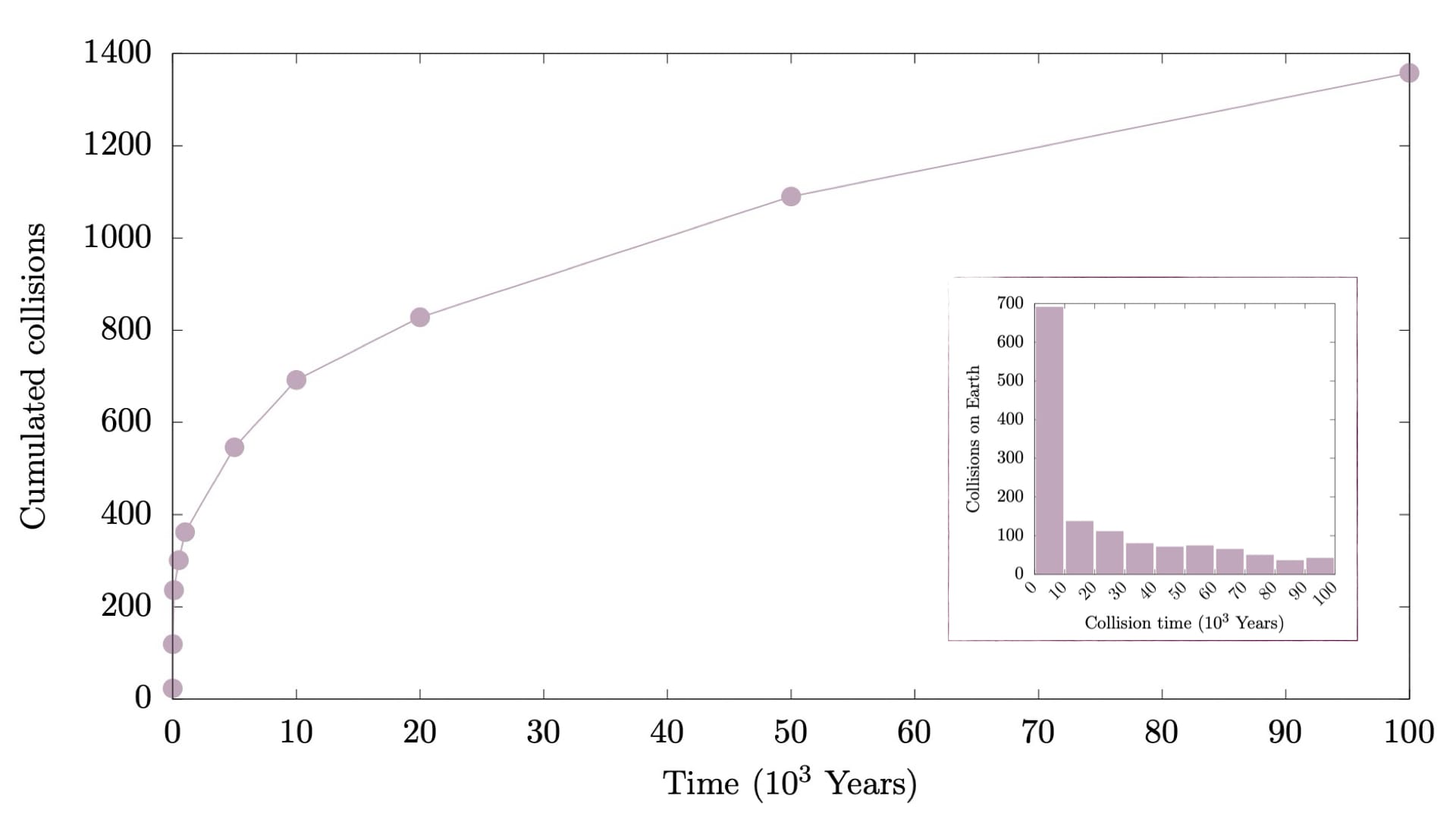
Watch out for meteor showers caused by the 60-meter-wide asteroid 2024 YR4, which is currently estimated to have a 4% chance of hitting the Moon in 2032.
🪨 ... 🌒 ... 💥 ... 🌍 ... ☄️
- A collaboration between Chinese and US researchers have found that oxygen particles blown from Earth’s atmosphere to the Moon can react with lunar minerals to form hematite (rust). – Paper | Article
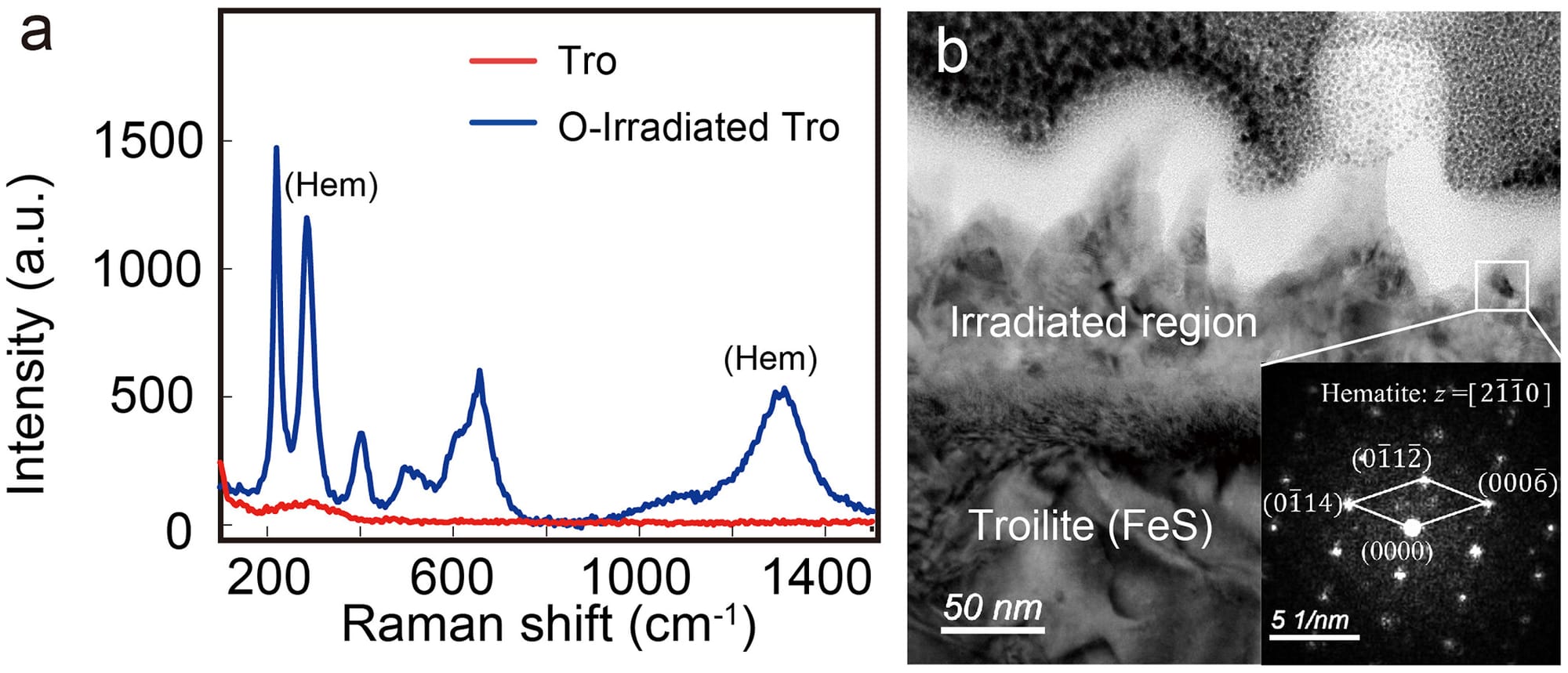
- US researchers combining and analyzing gravity, topography, and elemental abundance data under a NASA Lunar Data Analysis grant found that Artemis astronauts might pick up rocks from the Thorium-rich ejecta blanket deposited during the formation of the massive 2500-kilometer South Pole-Aitken basin—the largest, deepest, and oldest lunar crater. These samples will help further constrain the basin’s age, building upon its age finally determined by Chang’e 6, and likewise further enrich our understanding of the Moon’s farside-nearside dichotomy by better sampling the early lunar crust and possible mantle materials. – Paper | Article
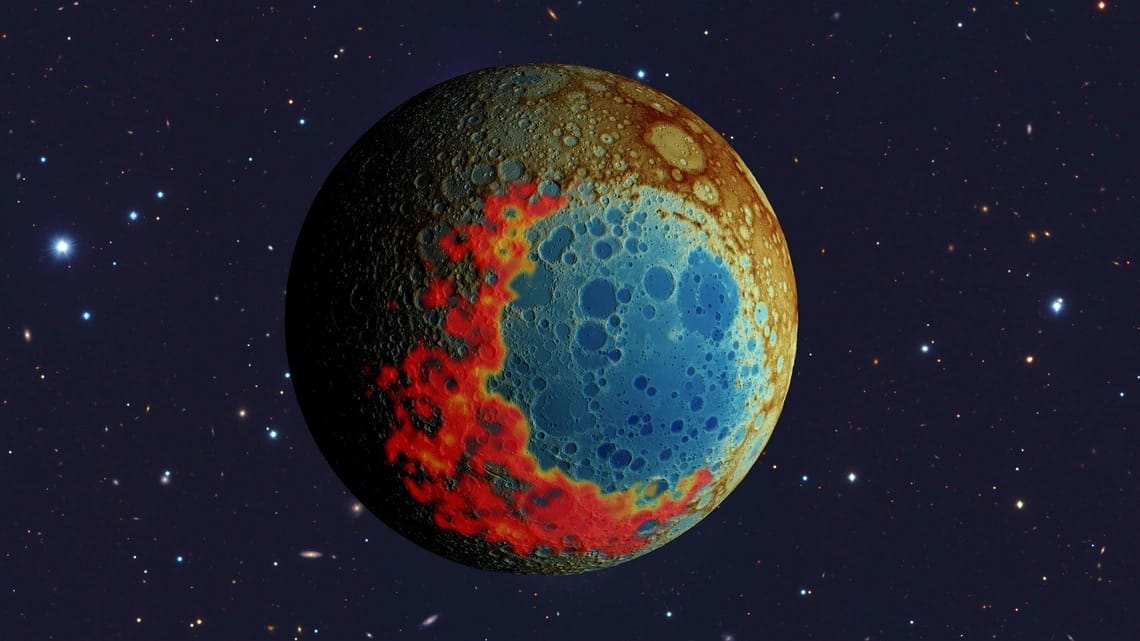
- The first detailed examination of sintered Apollo lunar samples by a team of scientists & engineers at ESA has found sufficient similarities in desired quality to sintering of simulated lunar-like soil. This means a diverse set of the latter can be a good proxy to test future lunar construction technologies especially since real samples are expensive and difficult to obtain in bulk. – Paper | Article
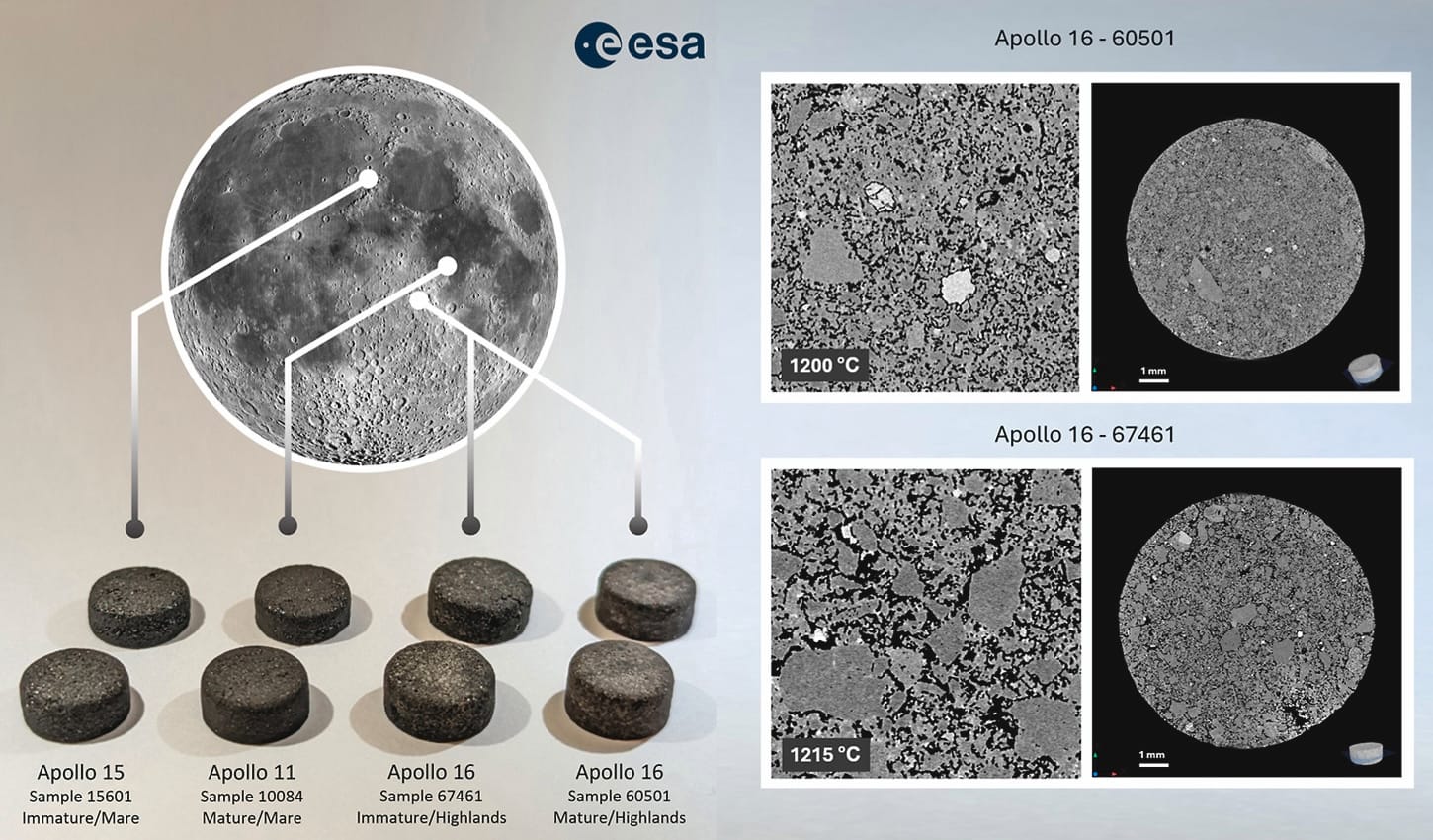
- Chinese researchers opportunistically studied water-hosting near-surface lunar soil fragments, which got exposed to the surface by the engine plumes of the Chang’e 6 lander when it touched down on the Moon’s farside last year. The study helps us better understand the Sun’s wind of charged particles as one of the key sources of lunar water. It also allows planetary scientists to make better models of the same for other airless bodies across the Solar System like Mercury, gas giant moons, Ceres, etc. – Paper | Article
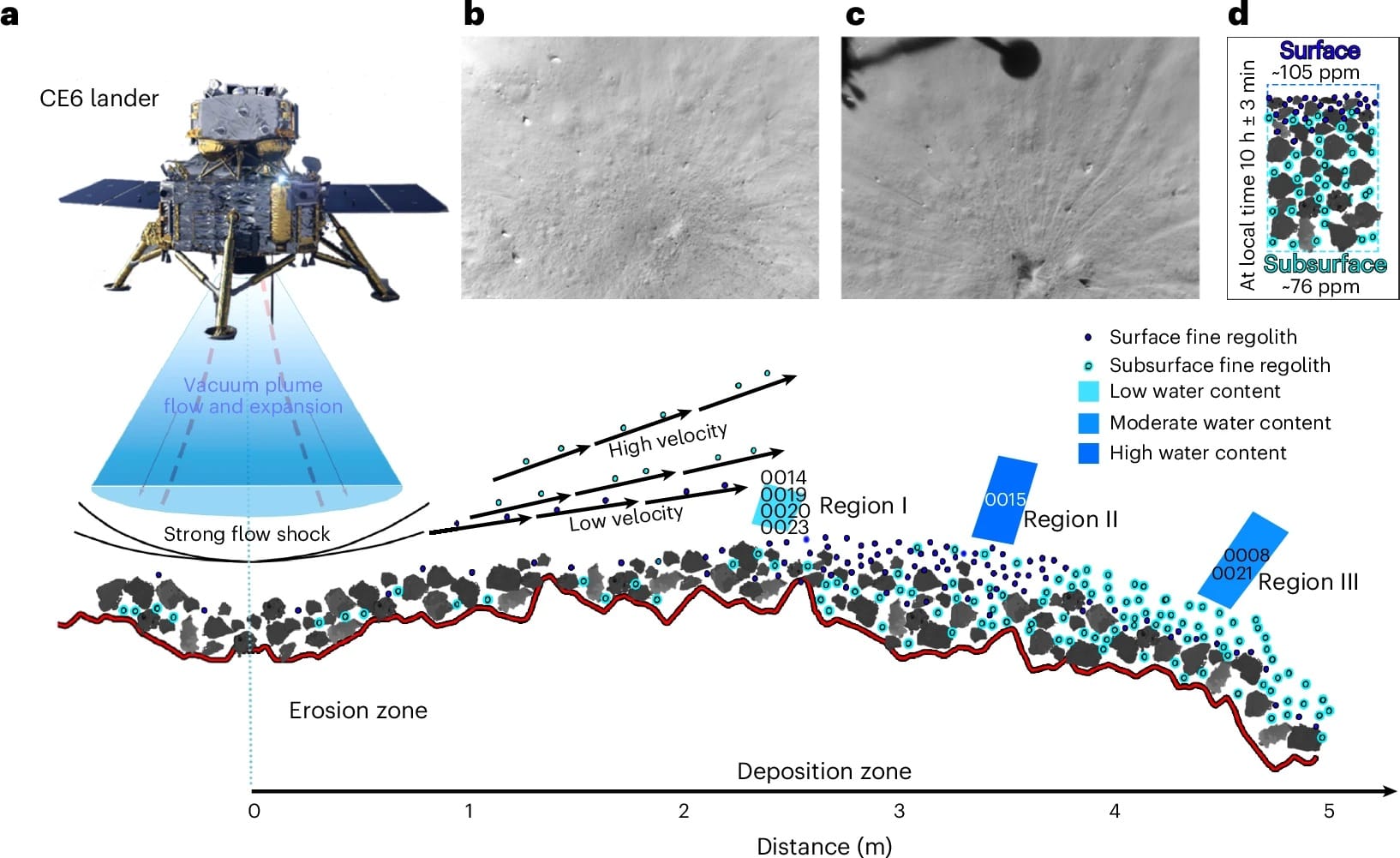
- By studying Apollo-sampled boulders, accounting for seismic measurements, and analyzing imagery from NASA’s Lunar Reconnaissance Orbiter, US researchers have predicted the frequency and magnitudes of moonquakes at the Apollo 17 landing site. They now aim to do the same for active faults on the Moon’s south pole to protect future astronauts and hardware on long-term missions especially since unlike Earthquakes, moonquakes can last for hours, thereby posing a stability risk to structures and vehicles operating nearby. – Paper | Article
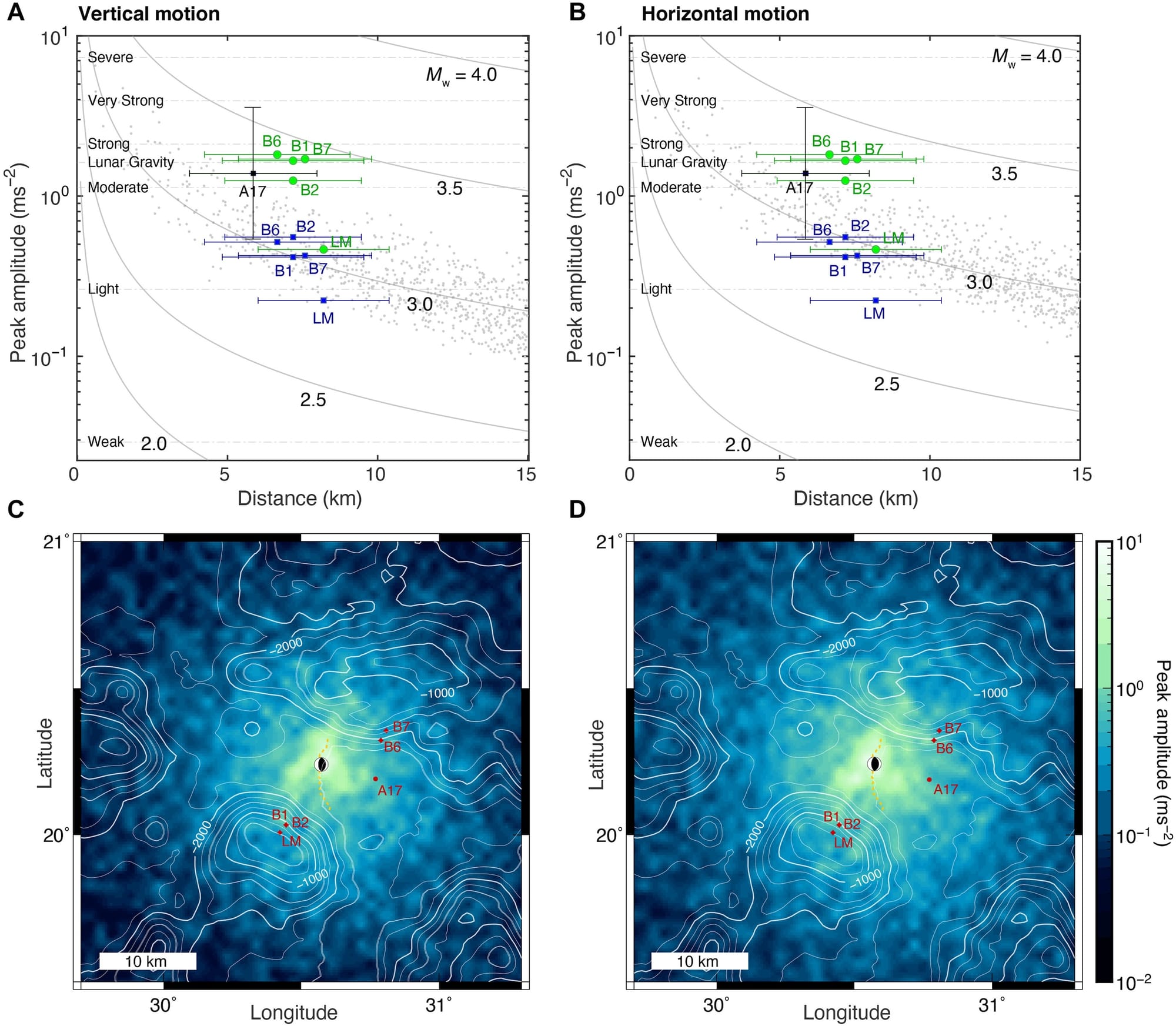
Related: Not the fault in our stars but certainly stressful faults on our Moon
- Indian researchers have finally made ground-based telescopic observations of sodium in the lunar exosphere, building up on the first ever global-scale sodium maps of the Moon as seen by the Chandrayaan 2 orbiter. – Paper 1 | Paper 2 | Article
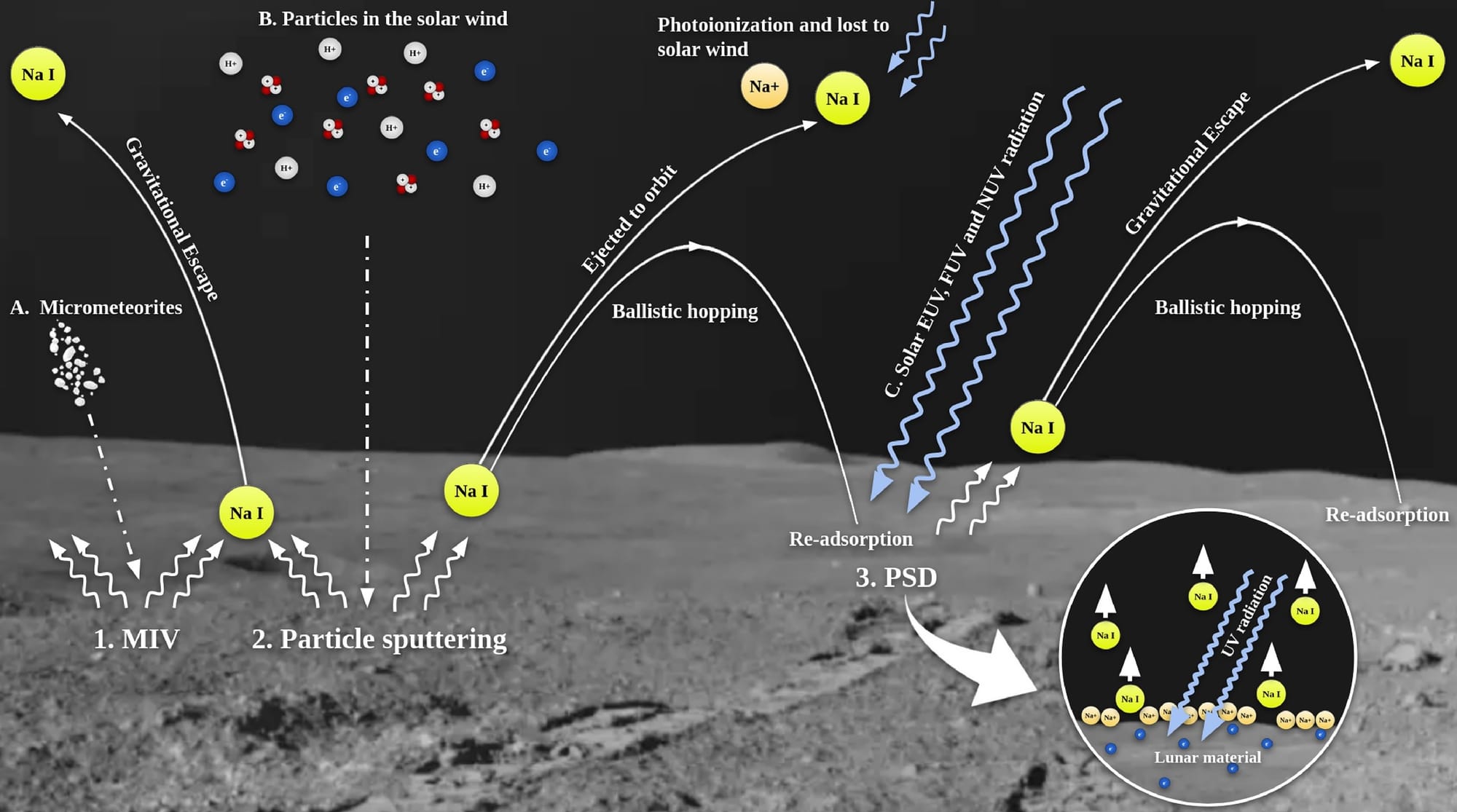
Many thanks to The Orbital Index and Mahesh Anand for sponsoring this week’s Moon Monday! If you too appreciate my efforts to bring you this curated community resource on global lunar exploration for free, and without ads, kindly support my independent writing:
More paper briefings
More Moon
Editorial disclaimer: The next bit is about an announcement from the Open Lunar Foundation, which is one of the Moon Monday sponsors. I’m also Open Lunar’s Science Communications Lead. As such, to cover the following news on Moon Monday while ensuring editorial independence and transparency, I did not communicate with Open Lunar about if I’ll write on this topic or even mention it, much less how so.
- After three collaborative years of research, development, and community consultations, the Open Lunar Foundation has launched the Lunar Ledger (Registry) project. The Ledger aims to be a database of global lunar objects and activities which hopes to improve mission operator transparency by enhancing information sharing wherever possible. Information sharing is known to enable cutting-edge space missions. Unfortunately though, there are currently no institutionalized mechanisms that do so while also scaling with the increasing pace of Moon missions worldwide. Different states share different & limited information at different times, in disparate formats, dispersed through different channels at varying levels. Amid competition, companies remain tightfisted about sharing information even on mission aspects that aren’t sensitive to intellectual property. The current state of lunar information sharing and coordination is thus neither safe nor efficient for abundant progress. The Lunar Ledger aims to improve this situation by accommodating more actors to reliably share technical data with mutual discretion. And that’s why it’s notable that five companies have signed up for the Ledger at launch and agreed to share mission information to some as-yet-unspecified level through the project. The companies are ispace, Firefly, Astrolab (a Moon Monday sponsor), JAOPS, and Dymon.
- Thanks to fresh lunar samples brought to Earth by Chang’e 5 and Chang’e 6 missions, there has been a new influx of sample science results which have transformed our understanding of lunar volcanism and the Moon’s farside. For scientists globally to share more such results, the University of Hong Kong is hosting the International Lunar Sample Research Symposium this November 21-24. I plan on being there to cover the event, and eager to learn more about the process of drawing fundamental planetary science insights from little bits of Luna. 🌕
